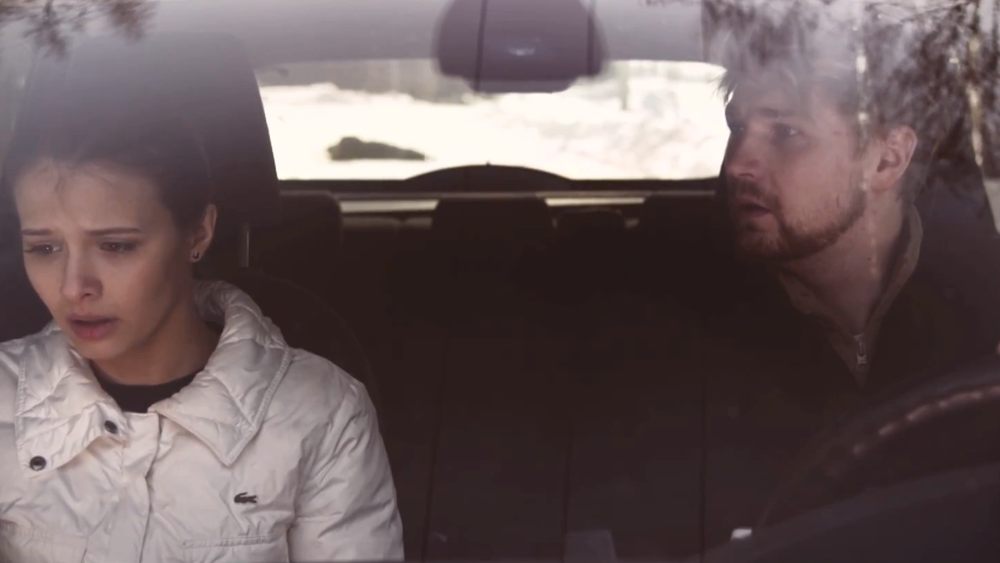When a young couple encounters a strange old man wandering in a snowstorm, they must decide if he needs help, or if he has more sinister intentions.
Director’s Statement
For me, this story started out with a very simple image: an old man, standing in the middle of the road, lit up in the headlights of a car. From there, my writing partner and I began to build out the story. Was this man lost? Was he hurt and in need of help? Or was he lying in wait, preying on innocent victims who happen to cross his path? How would we approach this situation? Would we get out to help the man, or would we drive on in an act of self-preservation? This simple image conjured up a lot of rich, dramatic possibilities that we were really excited to explore.
At the same time, I have always wanted to make a film that was photographed in a single take. It forces you to concentrate on the timing of the performances and the precision of the blocking. You don’t have editing and camera trickery to fall back on, it all has to work within a single, unbroken shot. Since so much of this particular story idea was about perspective, it also seemed like the perfect opportunity to combine form and narrative. The camera is literally inside the bubble with our characters, experiencing the world from their point of view. This further exaggerates the idea of the “other” and forces the audience to be complicit with the characters, almost as a third passenger in the vehicle. Hopefully, this allows the audience to ask themselves how they might react in this situation, examining their own relationship to fear and suspicion in the face of ambiguity.
Ultimately, WHITEOUT is a story about the safety of the interior being threatened by the unknown of the exterior. It’s is a thriller with a dark comedic edge about how our calm insular lives often belie the lurking threat of the world around us.



